Are you fixed on learning how to play drums? You might be wondering where to find drum classes near me. Being one of the essential instruments, drums set the pace to the music and tell the other musicians where the song is going. But to do that, you must know how to play drums. This piece will show a list of things you should have in mind before you start learning.
Drum Classes near me: Parts of a drumkit
Drums are composed of a lot of parts, and to know how to play this instrument, you must know all the parts.
Snare drum
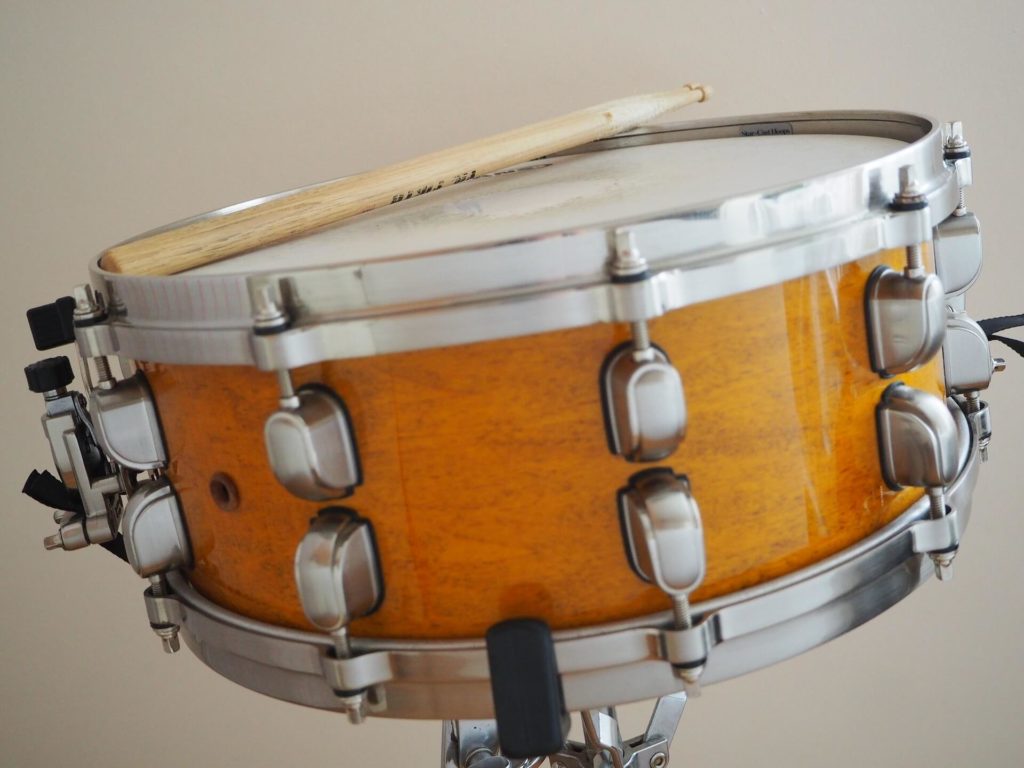
The snare is one of the most crucial parts of a drum set. It’s at the center of the set, and it’s played to produce different tones and forms. It’s most important role is to play the backbeat. This kit a set of suspended snare wires that produce the classic sound associated with the snare. Every beginner starts learning how to play drums by mastering the snare.
Bass or kick
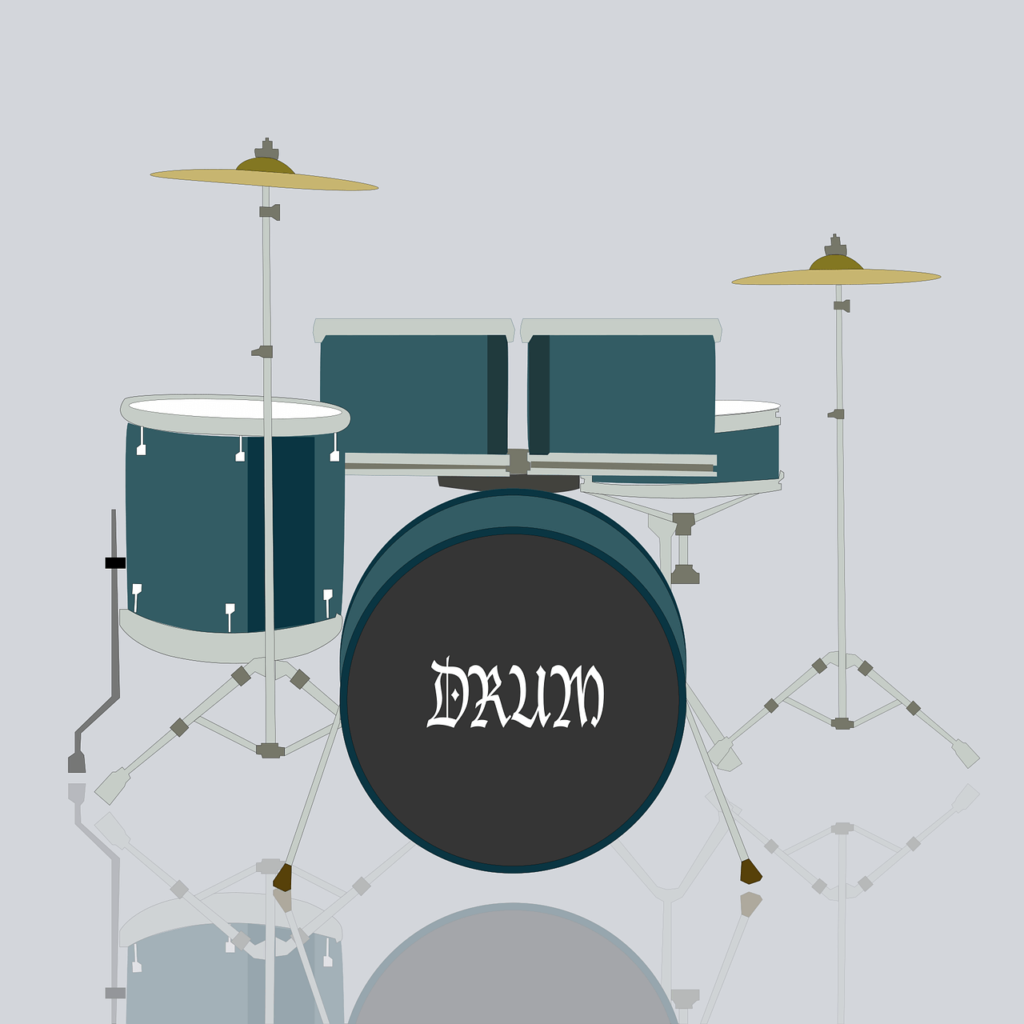
This is the largest part of a drum. You play the bass drum by kicking a pedal with your foot to produce a thumping sound. Metals, maple, and mahogany are used to make it. The kick is found in different sizes, which affect the pitch produced and the type of music you want to play. The standard size, however, is 22” in diameter with a depth of 16”.
The Hi-Hats
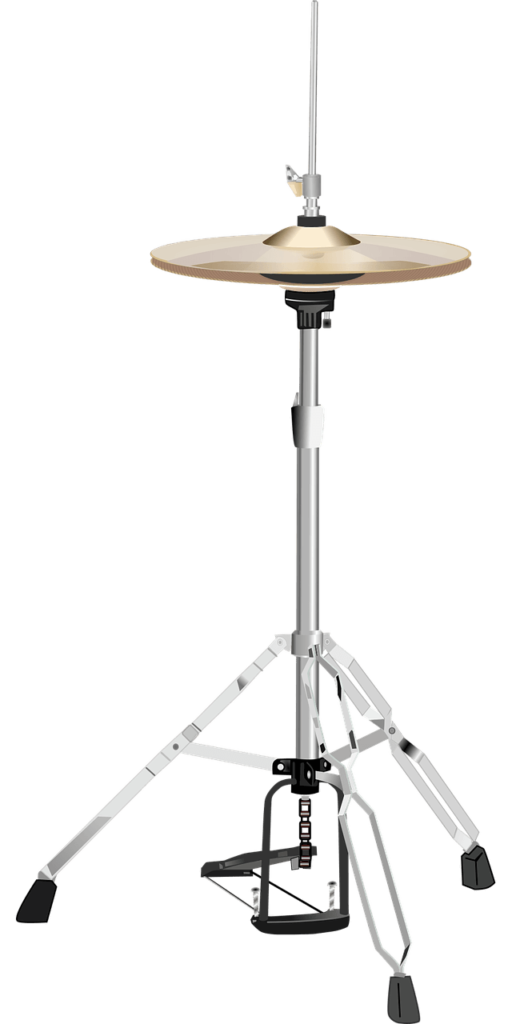
Mounted on a stand, the hi-hats are two cymbals. Like the kick, they are found in different sizes, but you the drum classes near me you join will have the standard 14”. They give out a high-pitch sound compared to other hats in the set. They are played using the attached foot, or by hitting them with drum sticks. Like the snare, they are a crucial part of the kit because they bring a variety of sounds when played. For instance, the sound produced when they are closed, clapped, and crashed is different.
Tom-Toms
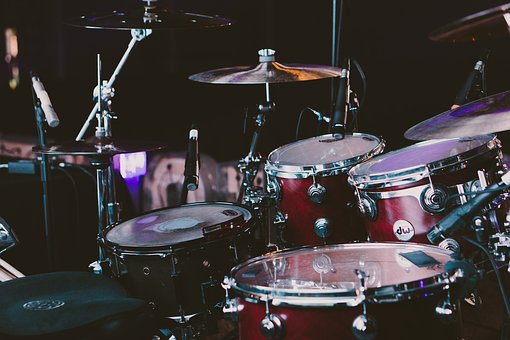
Toms are said to be a smaller version of the kick. They look alike and sit on top of the kick. Like the snare, they have a batter skin and a resonant, but the resonant is not always used. However, they don’t have wires underneath. They also sound dipper than the snare but are not as deep as the kick. Although the conventional drums set will have two toms, some players will add other toms in different sizes for tone variety.
Floor Tom
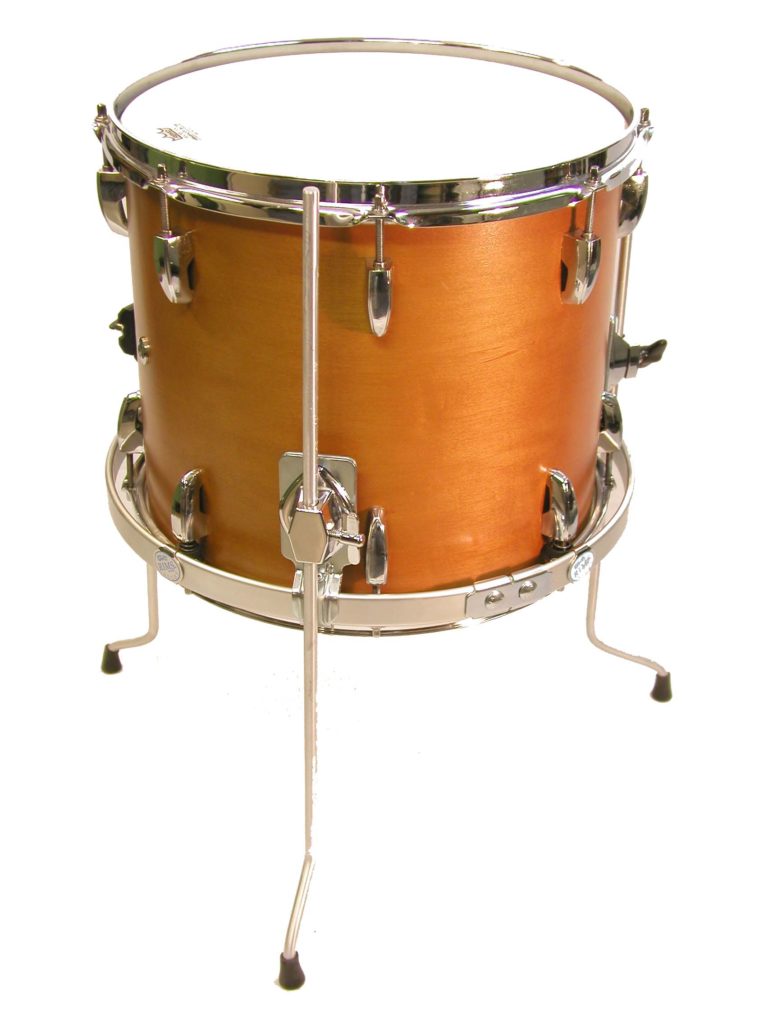
Situated on the far right, the floor tom is quiet a large kit. It’s not used as much as the other parts and is placed at the far end to be out of the way. The drummer uses it during a fill as opposed to a regular 4/4 beat. Played with the right-hand stick, drummers usually play it in place of the hi-hats to create a more ‘boomy’ sound.
Crush cymbals
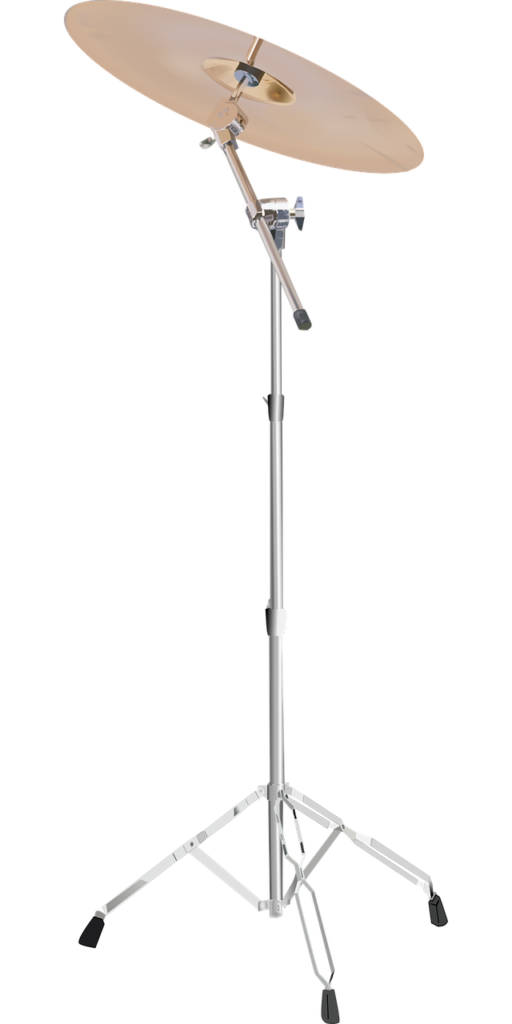
The crash cymbals are generally smaller than the ride cymbals. They are played by striking them, often with a blow from the shoulders of the stick. They are mostly used as an accent note at the end of the fill. A drummer can also ride the cymbals to play powerful rhythmic patterns that are usually played on the hi-hats. This often happens when the part of the song is meant to be loud.
Drum classes near me: Equipment for beginners
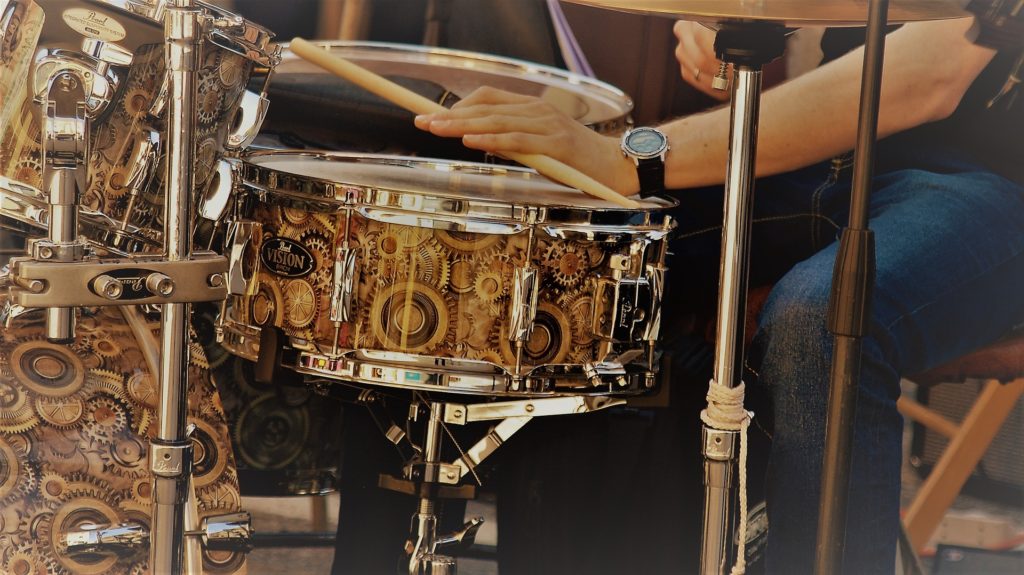
The first part you need is free, and that’s your body. It’s recommended that every beginner starts by tapping their hands, either on their thighs, a pillow, or anywhere else. Play along to your favorite song and try to follow the drummer as you pay attention to the other instruments. Always keep a steady tempo, especially when you don’t have access to music. Alternate between your right and left hand, and try mimicking playing the kick by tapping your leg.
Once you have identified drum classes near me, buy a set of sticks. This is a crucial part of learning, as critical as the drums kit you will be playing. It’s also recommended that you buy a rubber practice drum pad that will be vital for your practice, especially in the early stages of learning.
How to hold drum sticks
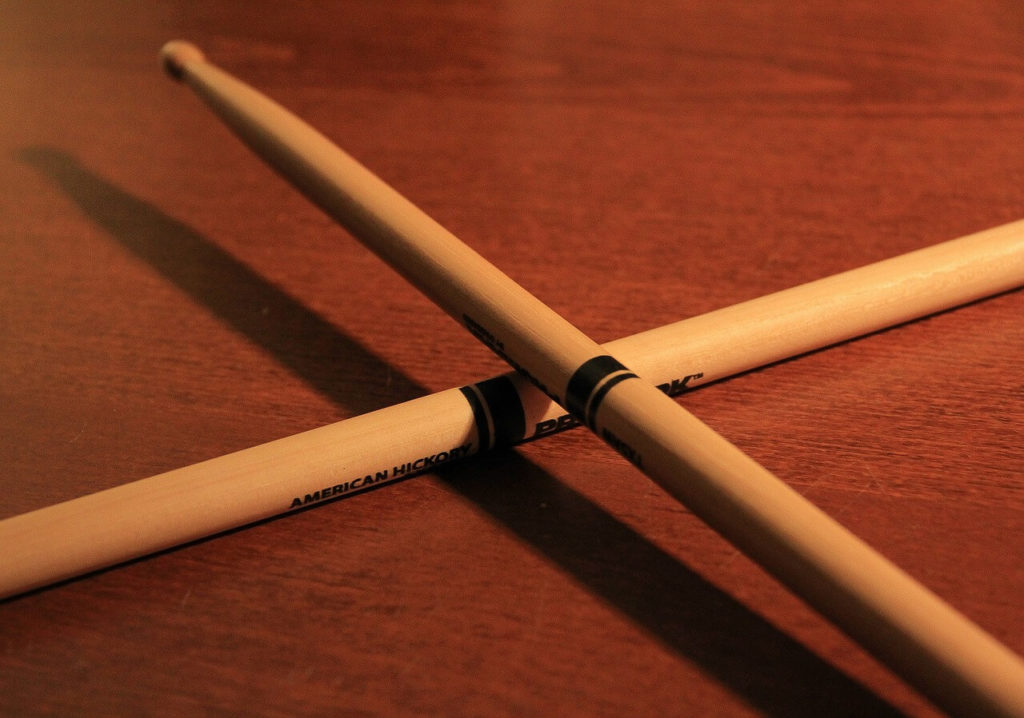
Proper technique is vital in playing drums, and the first step is to learn how to hold your drum sticks. You can either use a matched grip or a traditional grip. A matched grip is where you hold the sticks same way with both hands. Your thumb should be opposite your index finger, creating your pivot point. Matched grip has German, American, and French variations. Your teacher will advise on which technique to use, depending on where you decide to learn how to play drums.
The traditional grip, on the other hand, is used for jazz music and drum lines. To use this grip, you extend your left hand as if shaking someone’s hand. For the best technique and sound, always place your stick between your thumb and index finger, and have it rest on the cuticle of your index finger. Let your middle finger rest lightly on the top of the stick, which helps you create a pivot point. A unique thing about this technique is that you twist your hands while you play as if you are turning a doorknob.
The correct posture and foot technique
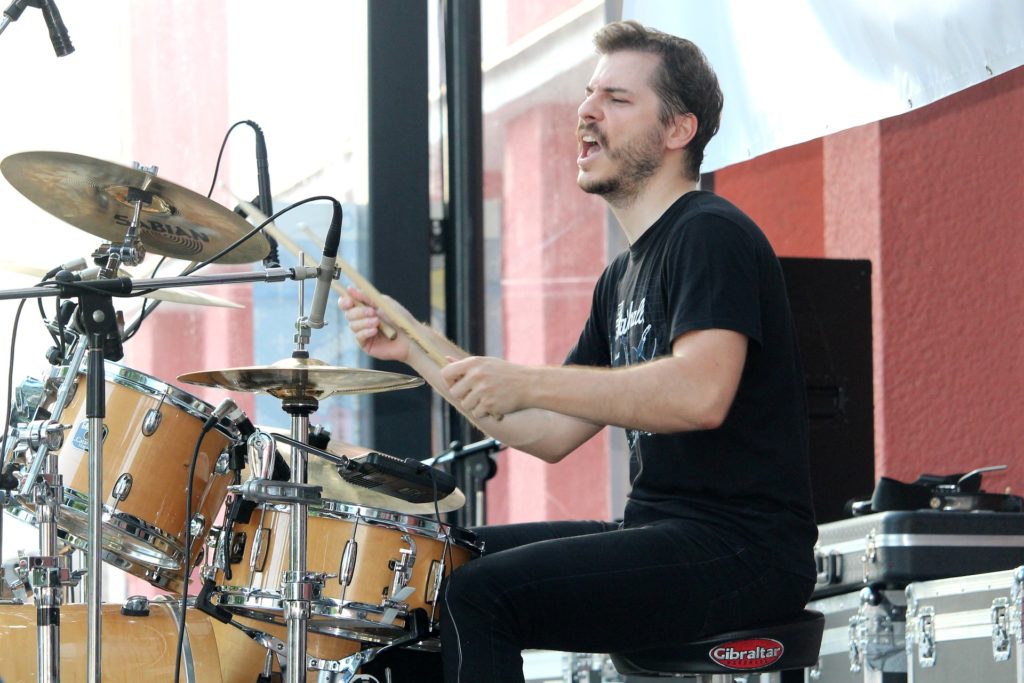
Everyone is different, but learning the right method in terms of posture and footwork is vital when you join drum classes near me. It’s difficult to unlearn bad habits, so learn the best posture and foot technique from the word go. Always sit whichever way is most comfortable for you. Set the stool, or drum throne to a comfortable height. There is no right or wrong, so go with what works for you. The height should be such that your thighs are sloped slightly towards the floor while your shins are vertical. Your knees are right under your knee.
Your posture should be such that you are as floppy as possible, but you should not slouch. If you slouch, you are probably too low, which will likely impede your breathing. Maintain good posture by sitting up and straight at all times, and always remind yourself not to slouch from time to time.
When playing on a right-handed kit, your left foot goes to the hi-hat pedal while your right-hand goes to the kick. Your heel should be at the base of the pedal. Make sure it feels comfortable without lifting your foot. Your shin should point straight ahead. You want to have as much force as possible when your upper leg goes down into the pedal. If your posture is not right, you will strain to do this, which will result in the bass drum moving forward.
While you can read about the basics of how to play the drums, drum classes near me can help you get the technique right. Always consult your drums teacher and listen to instructions before you experiment. Learn the basics, and add your technique and soul to the music to create something truly unique, and a beat worth dancing to. Join drum classes.

